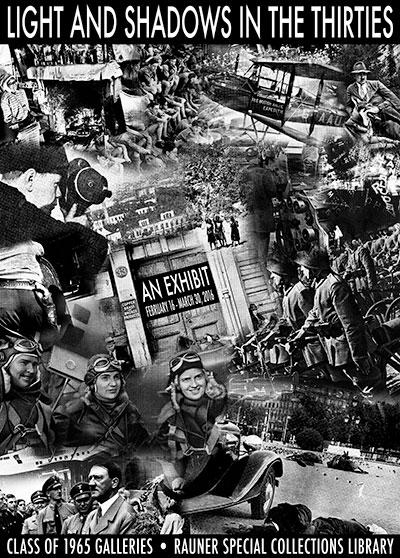
The Politics of Seeing
The 1930s were a time of political and economic upheaval, when nations questioned previous orthodoxies and experimented with new systems. Technological innovations led to decreased printing costs, and photographs permeated mass culture, from magazines to newspapers and books. Artists and authors from all political and national affiliations created books that presented photographs as sources of truth and authority. The photographic books in this exhibit capture the diversity of opinions and strategies during this pivotal decade, as each work aims to influence its audience through the power of the photograph.
In the United States, the twin catastrophes of the Dust Bowl and the Great Depression were the catalyst for sobering tomes that claimed objectivity, while other photographers captured the promise of technology and the hope of the irrepressible American spirit. National Socialists in Germany produced books that created a personable view of their leader Adolf Hitler and, in publications from the Soviet Union, photographs represented the industrial successes of the workers’ state. Travelogues glorified distant regions, despite the twin threats of industrialization and imperialism in the heady final years of the 1930s. All these books testify that photography was not bound to one ideology—the camera captured both light and shadows.
The exhibit was curated by Bay Lauris ByrneSim. The exhibit was on display in the Class of 1965 Galleries from February 16 to March 30, 2016.
You may download a small, 8x10 version of the poster: Light-and-Shadows.jpg.